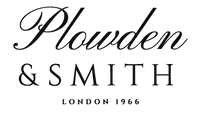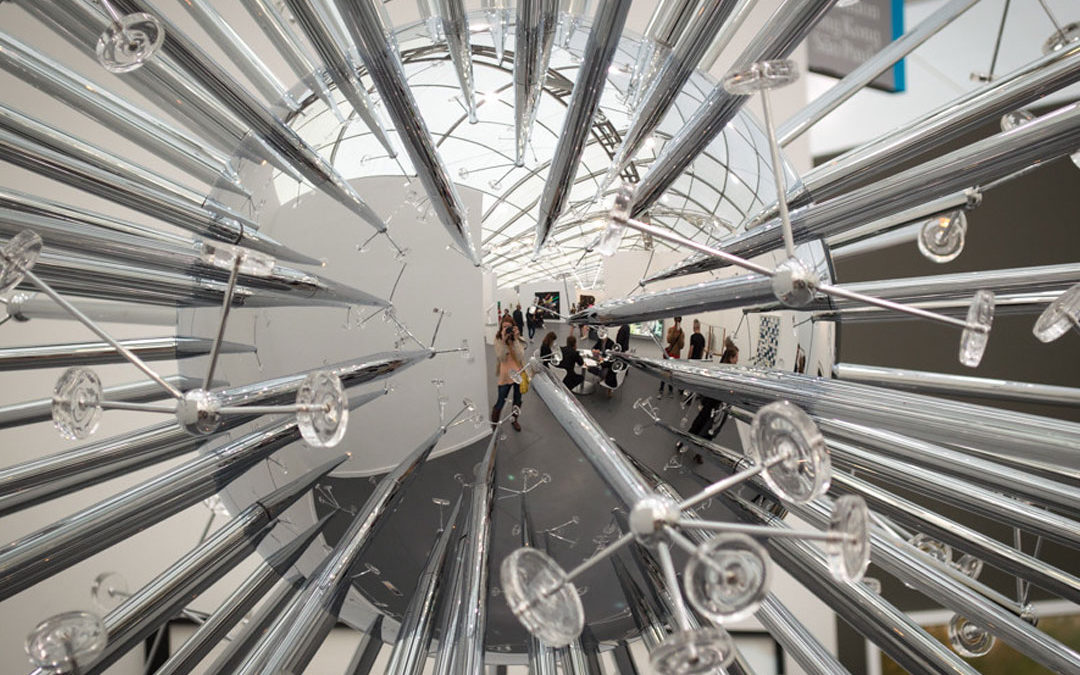7 Key Points From Yesterday’s FT Weekend webinar “The Shift to Online Art Fairs: an exploration of how art fairs and the art market are adapting to online-only models”
Introduction: Jan Dalley, Arts Editor, Financial Times
Hosted by: Melanie Gerlis, Columnist & Contributor, Financial Times
In conversation with: Loring Randolph, Director, Frieze New York and Garth Greenan, Founder, Garth Greenan Gallery
Taking place on the eve of Frieze New York, it was only right that much of the webinar, entitled “The Shift to Online Art Fairs” was focused around Frieze New York’s robust decision to significantly extend and develop an already existing virtual platform to allow them to move the entire fair (VIP Preview and all) online.
Whereas last year, a standard single admission ticket to Frieze New York cost around $50. Now, anyone with an internet connection who registers can access for free some of the finest works currently being offered for sale by several hundred major international contemporary galleries.
Visitors will be able to view video art and narrative content, as well as use a search facility to find works by artist, medium, gallery, by price, or by themed section, which this year includes:
• Spotlight – a showcase of solo exhibitions of work by pioneering figures of the 20th Century,
• Frame – dedicated to solo artist projects presented by emerging galleries that have been active for 10 years or less,
• Focus – dedicated to exhibitors that have been operating for 15 years or less and whose programs represent the vanguard of contemporary art,
• Diálogos – a celebration of Latin American, Latino, LatinX Artists,
• Chicago Tribute – an homage to the pioneering women artists of Chicago, commemorating the 100th anniversary of the ratification of women’s rights.
7 Key Points To Emerge From the Panel Discussion
1. Virtual Fairs are Nothing New
2. As with all things, there are Advantages and Disadvantages to Virtual Art Fairs
3. In terms of Sales, We Will Have to Watch this Space…
It is impossible to talk about major international art fairs without talking about sales, the usual benchmark of whether an event has been a success or not.
Interestingly, no predictions emerged from the discussion about expected sales, in terms of whether they will be slower or not, or whether the same value of sales will be made. We will have to watch this space.
As an aside, gallerist Garth Greenan made the point that he has been making sales in lockdown either by would-be buyers seeing images on his website, or by him sending images of relevant artworks to existing clients. On a further positive note, for the most part, galleries have not experienced people backing out of sales.
4. The online Art Fair format will lead to more Market Transparency
5. If Online Art Fairs are to Succeed, High Production Values are Key
Another key point discussed during webinar was the challenge of making viewing artworks on a virtual platform an enjoyable, and potentially different and more special experience for visitors accustomed to browsing art online.
It was agreed that in order to succeed, an online art fair must have exceptionally high production values.
One of the ways that the Frieze New York Viewing Room is doing this is through augmented reality (AR) technology, that will allow users to virtually view artworks, such as paintings or photographs, to scale on their own walls. If you have ever wondered how your living room might look with a work by Gladys Nilsson, now is your chance to find out….
Furthermore, the galleries exhibiting can send 4000MB images of each work of art to potential buyers, better allowing them to gauge the quality and condition of a piece.
6. Physical Art Fairs Are Here to Stay, But They Will Have to Adapt
7. The Webinar Influenced the Views of the Audience…
Finally, of the 250 people who took part in the webinar, 57% of attendees were positive about online art fairs before the webinar, but this percentage rose to 81% after taking part in the webinar.

